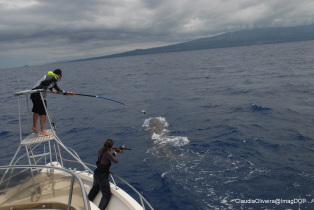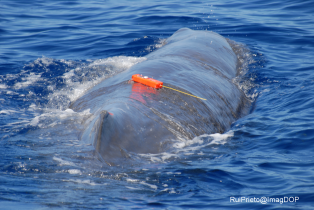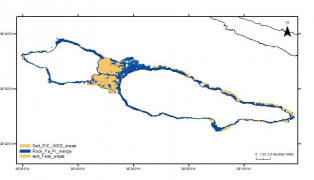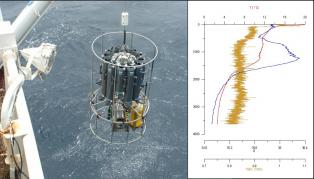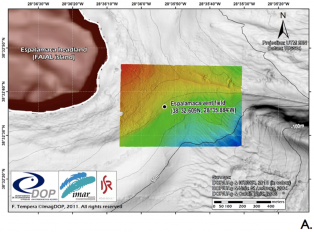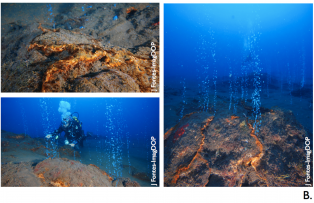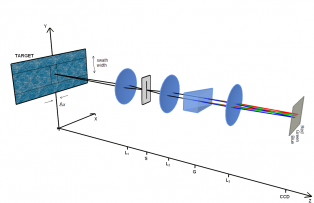Cetacean Tracking
Apex predators are key components of the pelagic ecosystem and are associated with critical ecosystem services: they structure marine food webs and contribute to nutrient dynamics via the carbon pump. Yet, marine top predators can be especially vulnerable to changes in marine habitats. Understanding key physical and biological oceanographic processes that drive distribution and foraging activity in top predators is critical to predict how top predators will respond to natural and human-related environmental changes and disturbance and how this, in turn, affects the structure and dynamics of marine ecosystems.
Phase II of the REP-15 exercise will contribute towards these primary goals:
- characterize physical and biological oceanographic processes driving foraging behavior of pelagic predators (cetaceans, sharks, tunas, sea turtles, seabirds);
- assess feasibility of different imaging sensors mounted on UAVs and AUVs to detect pelagic predators and obtain biometric and bioenergetic data; and
- investigate coupling between surface and deep-ocean processes.

